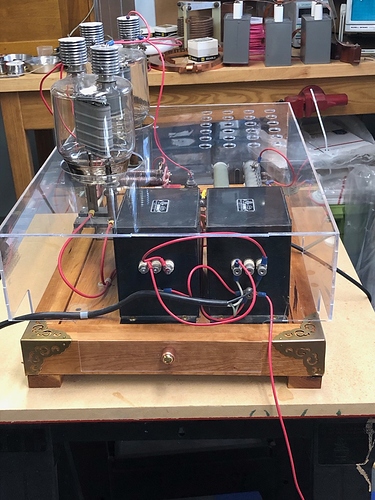Hi,
I’ve just been introduced to the wonderful world of Parametric Dimensions on a course for Fusion 360 and think this would be a fantastic addition to the LB armoury. It would be extremely useful for;
scaling up designs eg small, medium, large versions,
using different thicknesses of material eg using 5mm not 3mm acrylic and
where dimensions have to set in stone eg Braille dot spacing.
What is PD? Basically, you can give lengths and other dimensions names. You can then define other related dimensions using these names as variables. Here’s an example;
I want to cut a box in three sizes. Normally, I’d have to calculate the dimensions manually but with PD I just define the base sizes and then add a Scale Factor. Say the LxWxH of the smallest box is 100x150x200mm. I define the following Parameters (aka variables) as;
BasicLength=100mm
BasicWidth=150mm
BasicHeight=200mm
I can then add scaling variables;
ScaleFactor=1.0
And then I create the Parameters used to generate actual shapes;
ActualLength=BasicLength * ScaleFactor
ActualWidth=BasicWidth * ScaleFactor
ActualHeight=BasicHeight * ScaleFactor
On the model, I can then draw a base using these variables not the numbers.
To vary the size and shape of the drawing, I simply edit the ScaleFactor to 2.0 for medium box and 4.0 for a large one. PD then automatically recalculates all the dimensions and re-scales the drawing.
Another example would be cutting a box joint. The tongue and grooves of a box joint are all dependent on the depth of the wood you are making the box from. If the wood is 10mm then all the joints are based on that to make the joints perfect.
Also, say you have a design in 3mm perspex and want to redo it in 5mm. All the joints, slots, holes etc need recalculating. With PD, you just change the relevant parameter and hey presto!
You can also add in tolerance factors for different materials eg perspex versus wood to achieve a tight fit.
 This is very hard to do, and would need to be built into the system from the base up - it would touch nearly every editing operation you could use.
This is very hard to do, and would need to be built into the system from the base up - it would touch nearly every editing operation you could use.